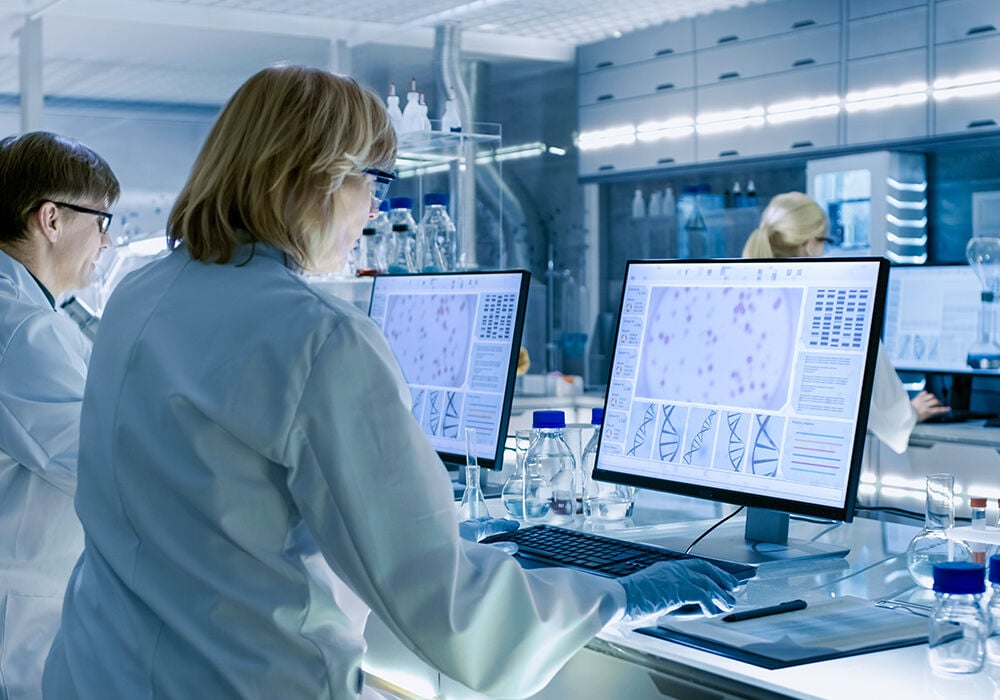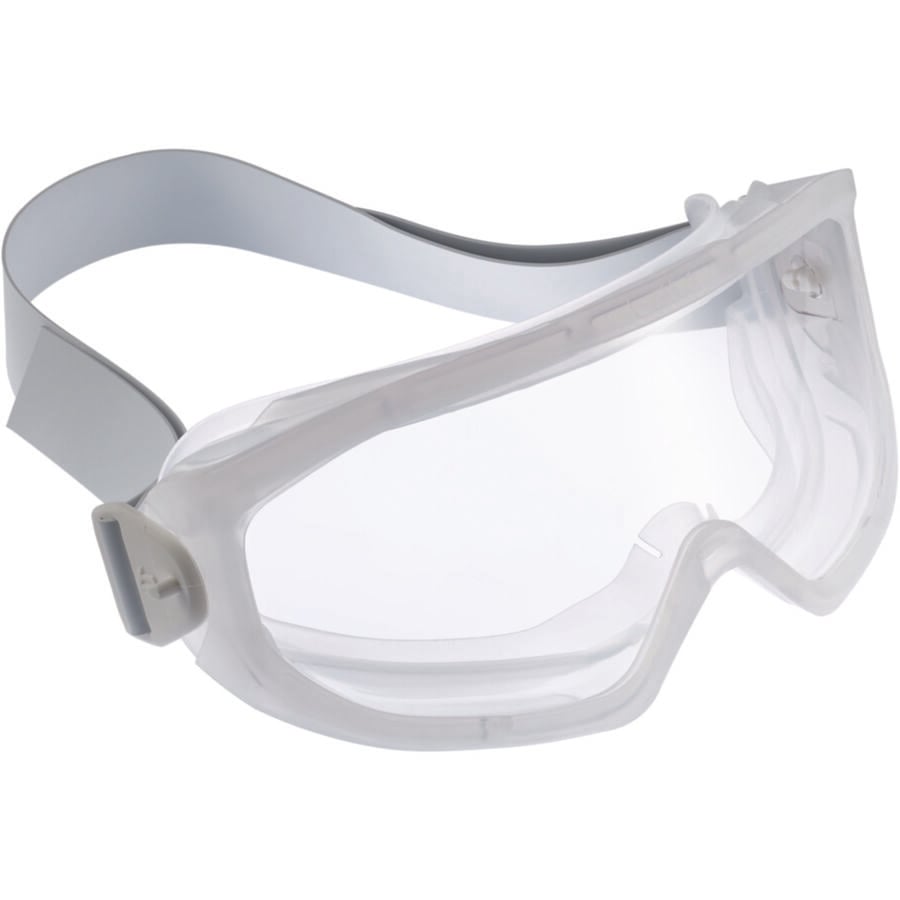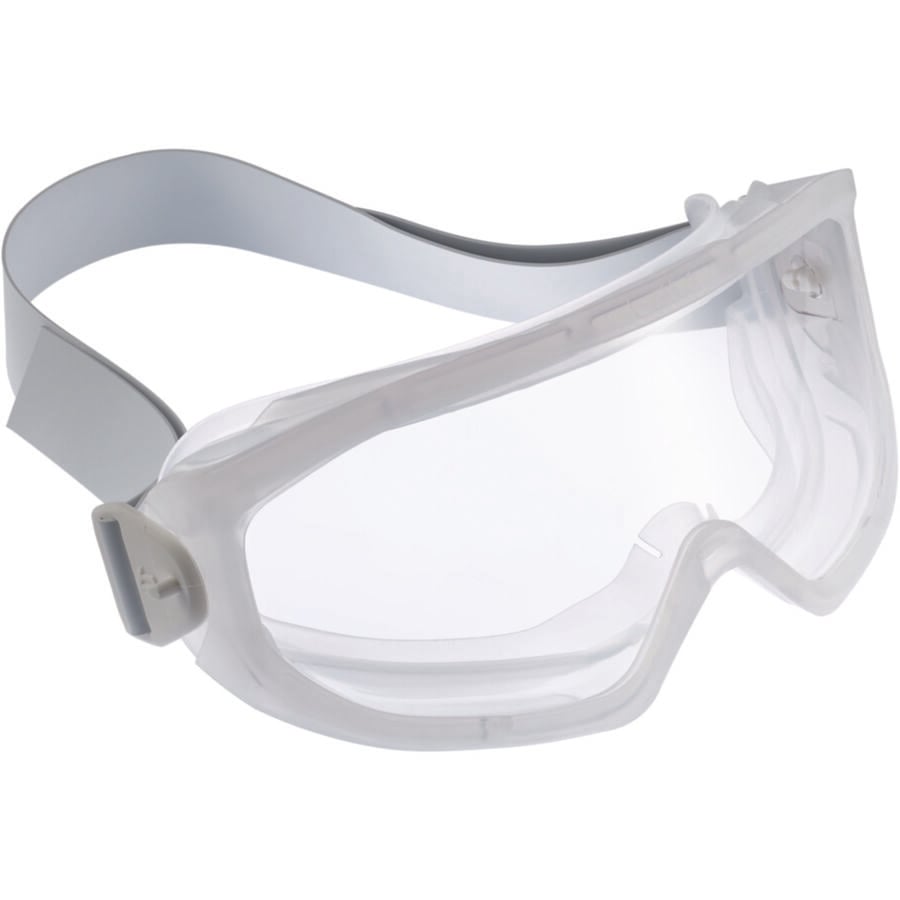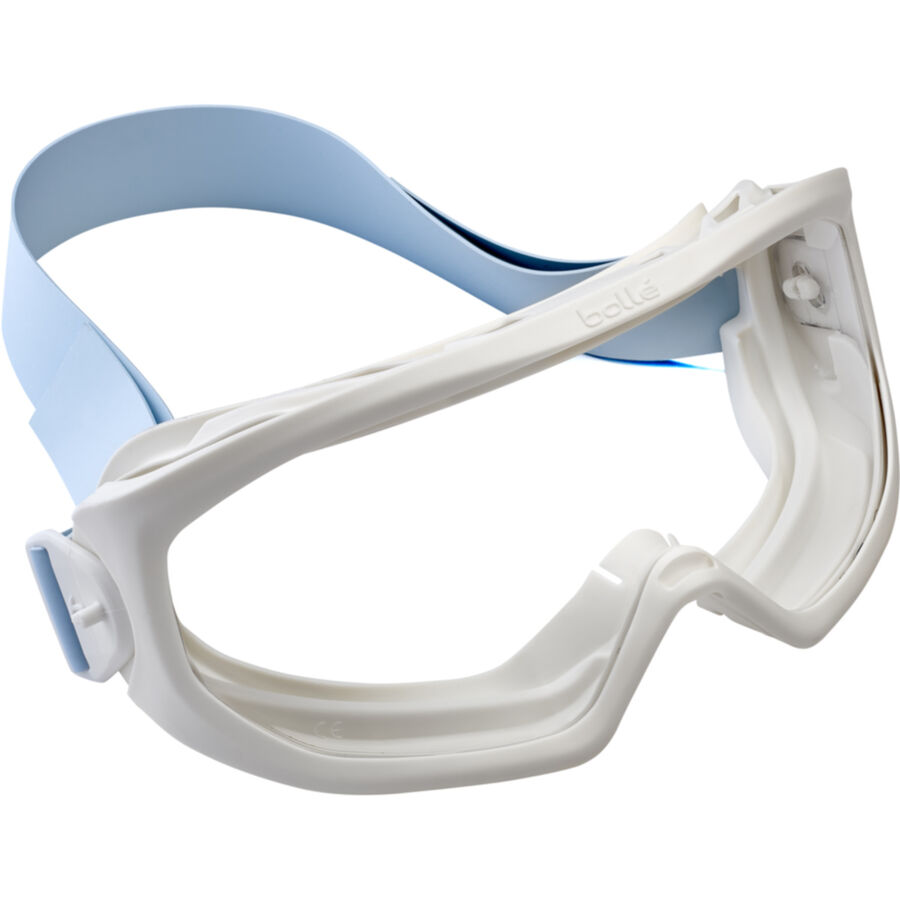There’s nothing quite like the chemical industry. The world’s third largest industrial sector employs more than 10 million people and generates an incredibly broad range of products that impact every element of our lives. From industry to clothing, from food to healing people, manufactured chemicals have become intrinsic to our society.
Manipulating the very building blocks of the universe, the chemical industry is highly complex and often very hazardous for those involved. Workers in this industry must protect themselves against all kinds of risks. Chemicals can be toxic, invisible, corrosive, explosive or carcinogenic as well they reacting quickly or slowly. Chemicals can be absorbed inhaled, or projected which makes the health and safety demands in the sector among the highest in the world.
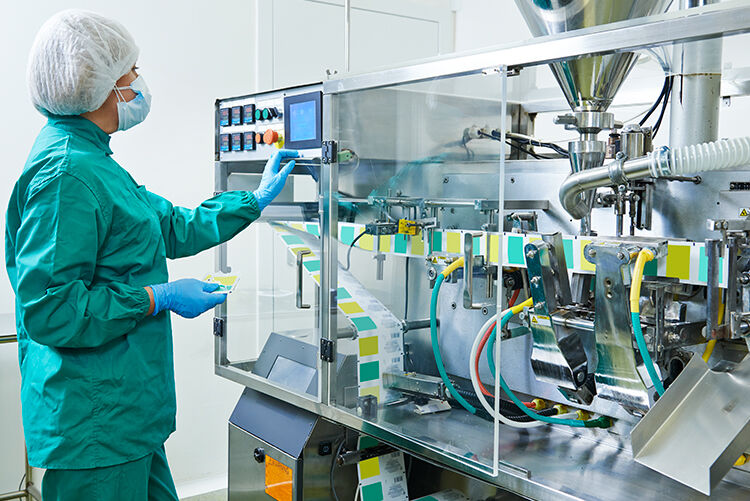
Our Fragile Eyes
Our sight is dependant on our eyes but they are only protected by a thin, transparent skin called the cornea. The cornea acts as a natural barrier against foreign particles and also plays an important role in vision - it is responsible for 65-75% of the eye’s total focusing power, according to the UK’s National Eye Institute.
A HAZARDOUS WORKPLACE
Despite being one of the biggest employers in the world, the pharmaceutical industry is keeping significant occupational health hazard issues under wraps. Accurate figures on the frequency and severity of workplace injuries are hard to come by, raising suspicion in health and safety circles.
“Little is known about the health risks of working in the pharmaceutical industry. On the surface, the industry looks clean. The production of medicinals demands a carefully maintained and sterile
working environment and the white lab coats worn by workers add to the illusion of safety,” claim Bhusnure et al. in their 2018 paper entitled Chemical hazards and safety management in pharmaceutical industry.
“The appearances are deceptive, though producing drugs and other medicinals may involve exposure to toxic industrial chemicals. And while the finished products may be lifesaving medications for sick people, they can be dangerous to workers who are inhaling or absorbing them during the production process,” the paper continuous.
Types of Eye Risk
The eyes are vulnerable to a variety of hazards. Being made of soft tissue they are at risk of physical elements, especially sharp objects, and small particles. Their sensitivity to light is fundamental to sight but also makes them vulnerable to bright light and heat. In addition, their fragile moisture and pH balance mean that common chemicals found in a variety of different workplaces could cause serious harm.
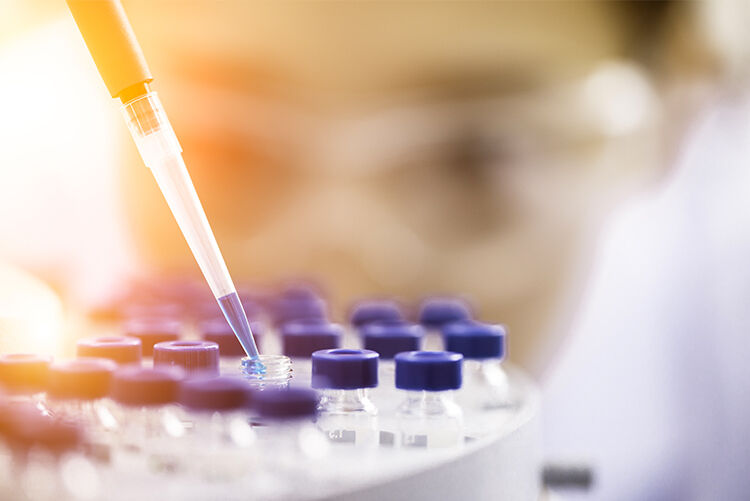
Light & Heat
Our eyes are also sensitive to radiation in the form of light and heat. Burns can occur immediately or cumulatively when the eyes are exposed to bright light or high temperatures. This could be from fires, furnaces, welding torches, molten metal or sparks. “UV radiation in the 295-325nm range can cause photochemically induces opacities of the lens of the eye. Radiation above 315nm also causes cataracts,” says a 2016 study by Gregg M. Stave, Peter H. Wald.
Recent research has shown that high levels of blue light exposure can damage receptors in the eye and have a variety of implications for health and wellbeing. While the use of artificial light at night can trigger a variety of sleep problems, as well as physical, emotional issues. "Workers can even need protection against ordinary sunlight," Jim Johnson, CSP, safety manager for Black & Veatch highlights.
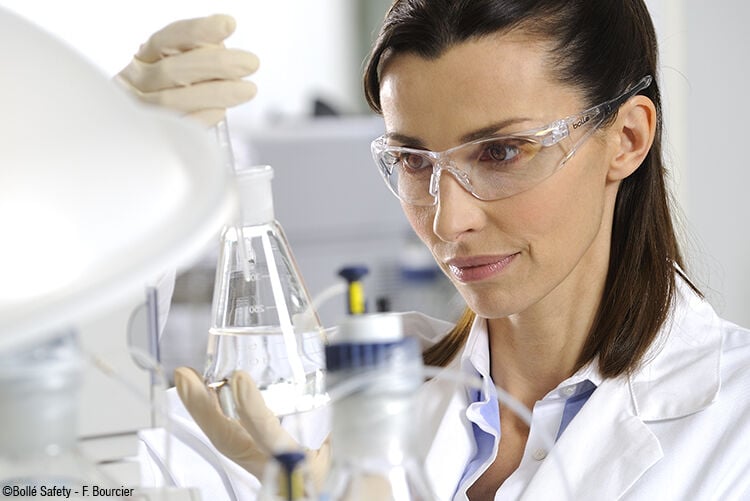
THE IMPORTANCE OF STERILE ENVIRONMENTS
"CREATING A BARRIER BETWEEN THE WORKERS AND THE PHARMACEUTICAL ENVIRONMENT IS NOT JUST ABOUT PROTECTING PEOPLE BUT ALSO THE PRODUCT"
Creating a barrier between the workers and the pharmaceutical environment is not just about protecting people but also the product. For most drugs, vitamins and other pharmaceutical products, it is essential to avoid contamination. That includes human skin, hair, eyelashes or bodily fluids that may be carrying germs, bacteria or other potentially harmful substances.
“People are the biggest source of potential contamination to a sterile cleanroom, so sterile clothing is crucial. As a basic requirement, sterile clothing must help maintain a cleanroom’s cleanliness while people are working in the area, by ensuring that particle and microbiological levels are kept below the limits for the chosen grade of the area,” says Jaime Cassar, cleanroom category manager at Kimberly-Clark Professional Europe.
In many pharmaceutical environments, protecting the product from the worker is often a higher priority than protecting the worker from the product. Some drugs may have limited harmful effects on the worker but one cough or sneeze could make an entire batch of products unsafe to sell. Therefore, creating a barrier between the worker and the product could save millions of dollars in lost production.
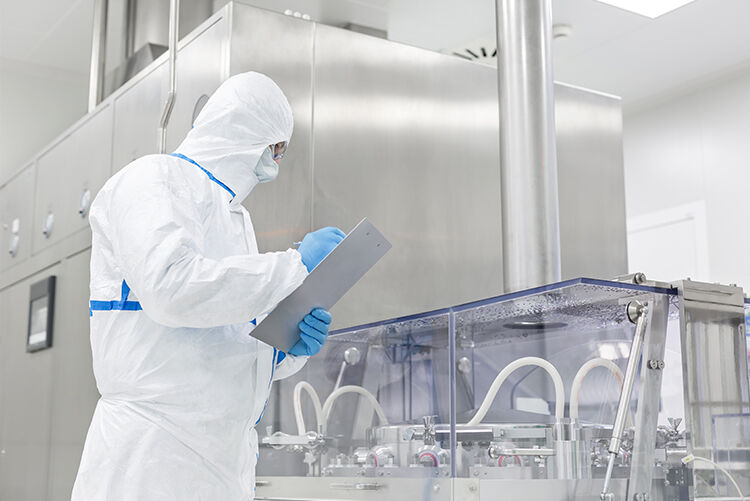
Chemical Exposure
The eye’s soft tissue is vulnerable to many chemicals that are common at home and in the workplace. Acids, alkalis, strong solvents and cleaning agents are now used in a variety of settings. Even a splash of bleach or a hairspray, for example, could have serious implications if it entered the eye.
Even short exposure to the mists, vapors and fumes of many industrial chemicals could be strong enough to cause irreversible eye damage. Contact with chemicals caused one fifth of eye injuries in the workplace, according to the BLS.
PPE FOR THE PHARMACEUTICAL INDUSTRY
"EMPLOYEES WORKING IN PHARMA INDUSTRIES OFTEN ENCOUNTER LIFE-THREATENING RISKS AS THEY CONTINUOUSLY HAVE TO DEAL WITH HARMFUL CHEMICAL SUBSTANCES AND DRUGS"
Personal Protective Equipment (PPE) is used to create a barrier between people and products in pharmaceutical development and production environments. This equipment must protect workers from the wide range of hazards posed but also keep these sterile environments free from contamination by workers. PPE should also offer comfort and mobility as well as the means to see and breathe, so workers can carry out their work effectively.
“Employees working in pharma industries often encounter life-threatening risks as they continuously have to deal with harmful chemical substances and drugs. This is especially true in case of cytotoxic drugs that are highly effective to treat diseases, but are toxic enough to pose a dangerous health risk to health care professionals, pharmacists, nurses, and manufacturers who handle them,” explains a 2017 review by GM Insights.
“PPE thus, helps provide security to workers from harmful biological and chemical substances including infective agents,” continues the review. “It should be remembered that while selecting the right PPE, factors such as the contamination type and application type need to be considered. However, while donning and choosing the correct PPE for the pharmaceutical unit, the key aspects to be taken into consideration include comfort, quality, microbiological protection, regulatory compliance with norms and standards, and product cost.”
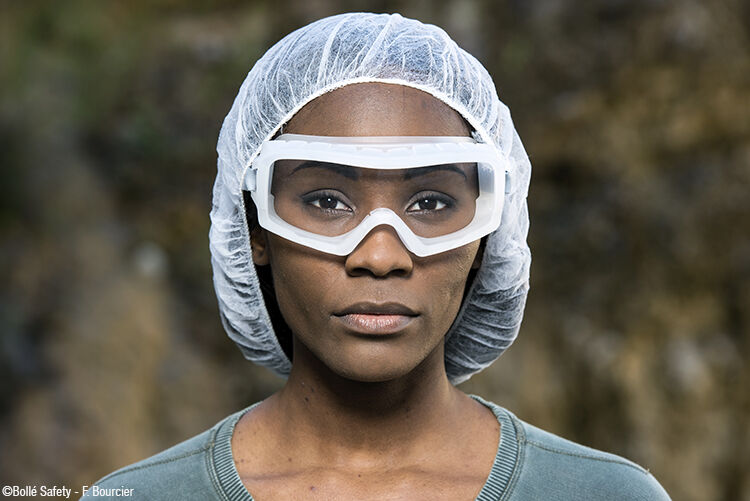
Workplace Hazards
Potential eye hazards are present in nearly every industry. Workplace eye injuries send 300,000 people to the ER each year in the US, according to the CDC. Eye injuries alone cost more than $300 million per year in lost production time, medical expenses and worker compensation in the U.S., reports the Occupational Safety and Health Administration (OSHA).
Construction
Constructions sites encompass many of the dangers listed above. Sharp tools and materials are everywhere, being used and moved in potentially unpredictable ways. Construction sites are extremely dusty environments with many forms of dangerous particulate matter. Mandatory use of hard hats help protect workers but for the best defence against workplace hazards eye protection is also essential.
“In construction, more than 10,600 eye injuries each year force workers to miss work. Construction has a much higher rate of eye injuries than any other industry,” says The Center for Construction Research and Training. While just over 20% of workplace eye injuries come from the construction sector, according to the BLS. "The [construction] work site itself is a hazard," claims Johnson, safety manager for Black & Veatch and a member of ASSE's Construction Practice Specialty Group.
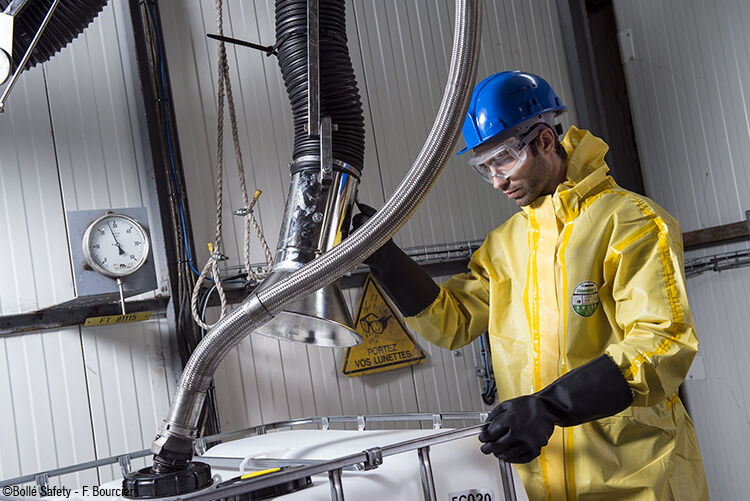
- Autoclavable
An autoclave is a sterilization process involving steam at temperatures between 121 and 134 degrees Celsius. Autoclave sterilization is required for the reuse of equipment in cleanrooms and other sterile environments. While using autoclavable goggles, for example, pharmaceutical companies can maintain sterile spaces while removing the financial and environmental cost of single-use equipment.
- Physical Damage
The EN166 standard guaranteed minimum resistance of the protective eyewear against everyday risks including dropping the protective eyewear onto the ground, aging by light exposure, heat exposure or corrosion, for example. EN166 also has a K option, offering resistance to surface damage by fine particles using an anti-scratch coating, and an N option for anti-fog coating.
- Chemical Risk
Environments with chemical risk level 3, require eye protection against liquid droplets or splashes. While a risk level 4, requires eye protection against large dust particles smaller than 5 microns. Goggles, adapted spectacles with strap or face shield are mandatory in these common pharmaceutical environments.
- Mechanical Risk
The B classification for environments with potential mechanical hazards refers to the risk of medium energy impacts when eyewear should resist a 6 mm, 0.86 g ball fired at 120 m/s. The T classification refers to high-speed particles at extreme temperatures, which are also common in the pharmaceutical industry.
- Harmful Light
The EN170 standard offers protection against ultraviolet radiation. This type of protection is particularly recommended during activities where the source of ultraviolet radiation is predominant, such as mercury vapor lamps, actinic or germicides.
ONLY THE BEST WILL DO
The eyes represent one of the most important parts of the body to protect within the pharmaceutical environment. They are vulnerable to a range of hazards present in the sector and fundamental to vision, which in turn allows employees to carry out their work, stay safe and ensure the integrity of the product. When it comes to safety eyewear in the pharmaceutical industry, only the highest standards will do.
